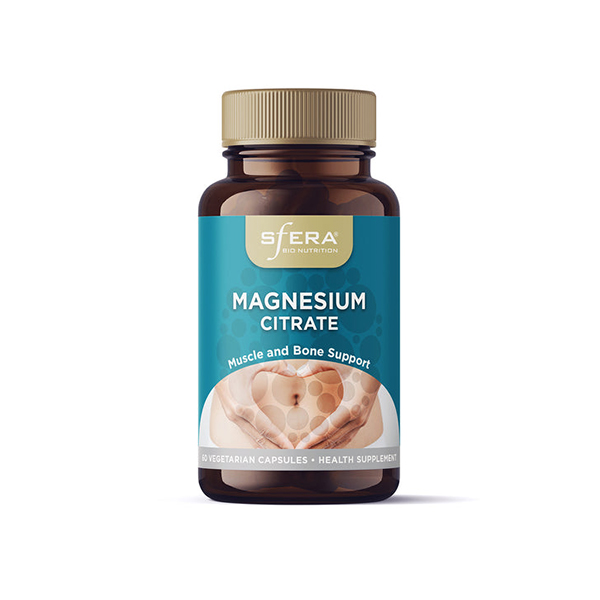Magnesium comes in either organic or inorganic forms. Organic forms include citrate, aspartate, orotate, fumarate and amino acid chelates. Inorganic forms include oxide, chloride and carbonate. Organic forms of magnesium are generally better absorbed and produce fewer gastrointestinal disturbances when compared to the inorganic forms of magnesium.
A study comparing the bioavailability of three magnesium forms, citrate, amino acid chelate and oxide showed magnesium citrate to have the best bioavailability.
Magnesium citrate is a blend of Magnesium salt with citric acid. It remains stable in the stomach in the presence of hydrochloric acid and delivered intact to the small intestine for easy absorption. Magnesium citrate supports energy production by the following mechanism: once inside the cell, magnesium separates from the citrate, leaving elemental magnesium and citric acid. Citric acid is an essential component of the citric acid or Kreb’s cycle where your body’s high energy currency ATP (adenosine triphosphate) is produced.
Magnesium citrate acts as a osmotic laxative because it works by pulling water into the intestines. This water combines with the dry stool, making it easier to pass. When used correctly, magnesium citrate is a simple solution to occasional constipation.
Pyridoxal-5-phosphate is the active or coenzyme form of vitamin B6 and relevant to the body’s energy turnover. Vitamin B6 supprots the synthesis of neurotransmitters and are important for cognitive function and mental balance. Vitamin B6 has been postulated to enhance magnesium absorption and cell penetration.






